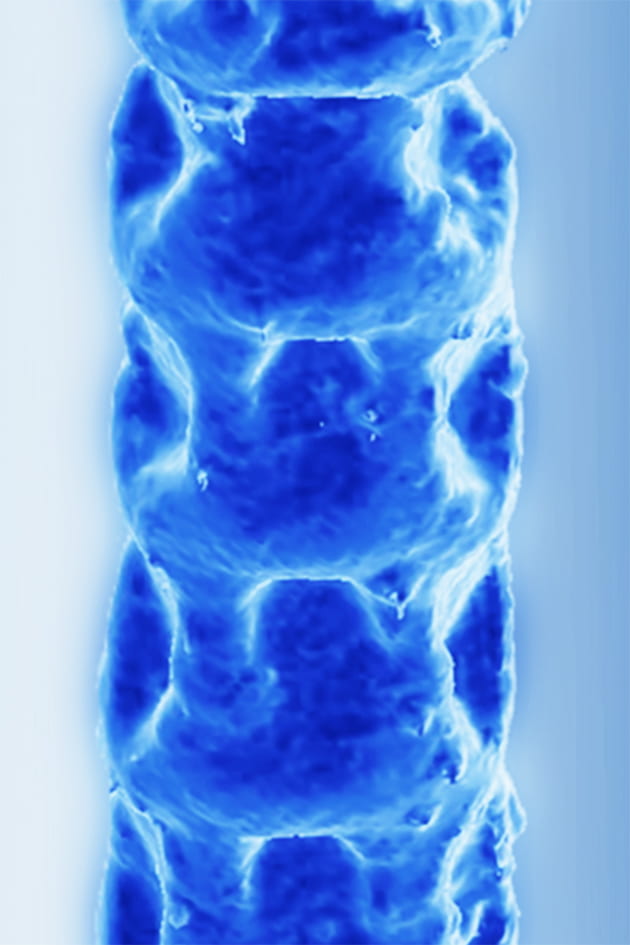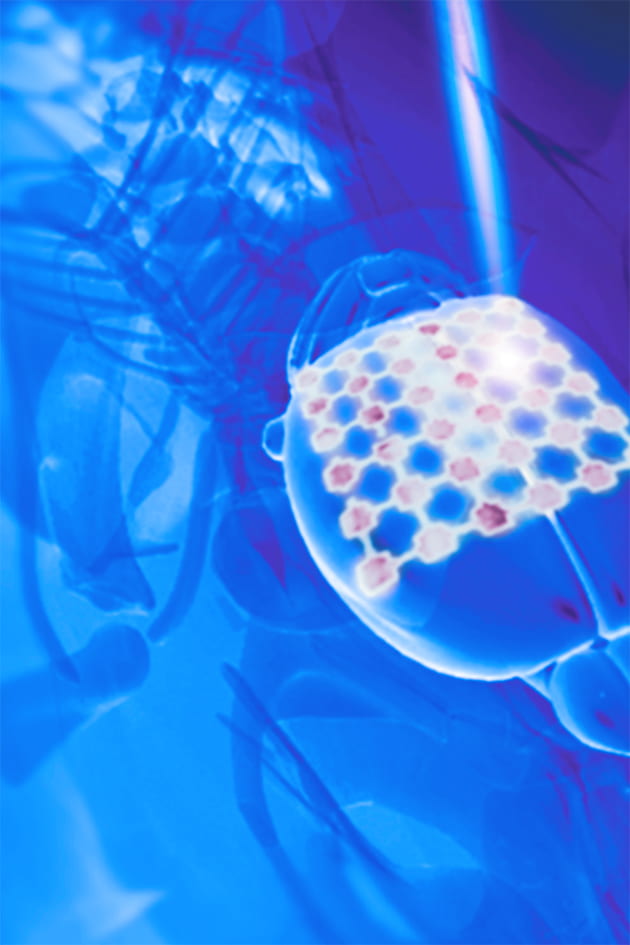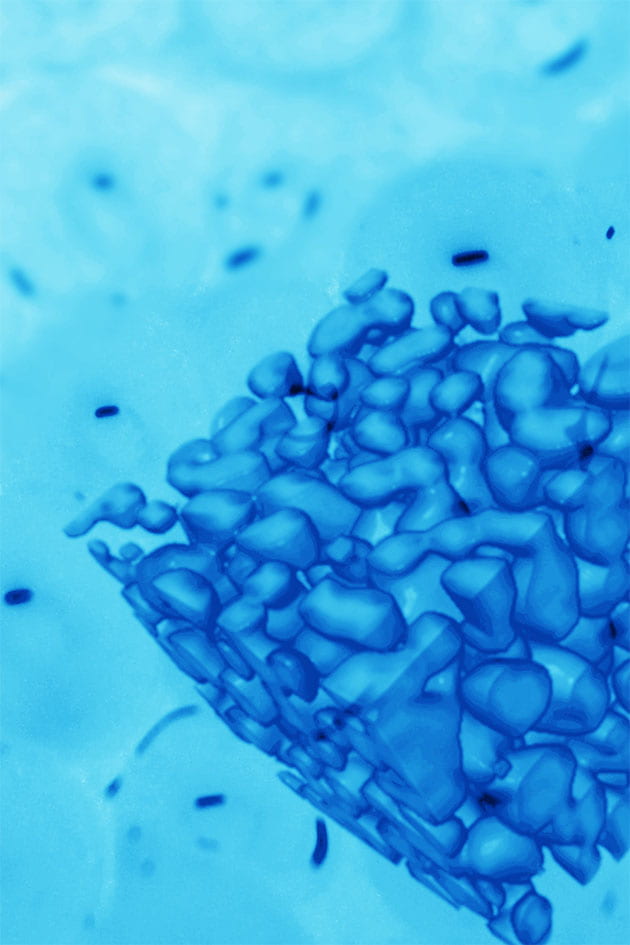About us
As a collective of inquisitive and discovery-driven researchers, we are deeply passionate about science. Our team employs cutting-edge material tools to deliver precise physical stimuli to specific locations or to detect biological responses to biophysical signals with exceptional spatiotemporal resolution. In our pursuit of advancing bioelectronic medicine, we have leveraged diverse material synthesis and device design principles, uncovered numerous signal transduction mechanisms at bioelectronic and biophotonic interfaces, and pushed boundaries in organelle-level biointerfaces.
In particular, we introduce a concept in minimally invasive biological modulation: a non-genetic strategy that harnesses the versatility of optical stimulation. In several of our investigations, we have opted for biocompatible semiconductors, such as silicon or silicon carbide nanostructures, capable of targeting individual cells or subcellular components.
Alongside our exploration of biological modulations, we have recently developed a variety of synthetic materials that exhibit tissue-like mechanical properties. The primary objective of this burgeoning research area is to pinpoint crucial biomaterial parameters that can enhance signal transduction in future biomedical implants and medical robotic devices.
The Tian lab believes that magic can happen when diverse fields converge. Our lab is a place where science meets art, engineering intertwines with medicine, and humanity is interwoven throughout – a place where innovation thrives.

Bioelectrical and Life-like Interfaces
Biological systems respond to and communicate through biophysical cues, such as electrical, thermal, mechanical and topographical signals. The mission of the Tian lab is to discover new bioelectrical signaling processes in cells and tissues and, to that end, establish a new paradigm for bioelectronic medicine.
Research Themes
Biological tissues represent remarkably intricate electrochemical systems, teeming with diverse components and interconnections. The structure, sensing mechanisms, inter-component communication, and computing protocols of these tissues are only just beginning to be unraveled at the level of basic circuits. To delve deeper into the fascinating realm of bioelectrical complexity, we must develop innovative tools and biomaterials capable of probing bioelectrical and biomechanical activities or forging seamless biointerfaces across various length scales.
Soft-hard interfaces
Soft and hard materials exhibit mismatched behaviours, such as those in chemical or biochemical reactivity, mechanical response and environmental adaptability. Exploration of interfacial mismatches and their associated chemical processes may reveal numerous opportunities in both fundamental studies and applications.
Biological modulation
We have identified and quantified the physicochemical outputs from the photo-thermal, -faradic, and -capacitive effects of nanostructured semiconductors at biointerfaces. We have demonstrated how these physicochemical outputs can be utilized at semiconductor-based biointerfaces to modulate electrical activities in neurons, cardiomyocytes and bacterial cells
Living bioelectrical interfaces
Our team is at the forefront of developing living bioelectrical interfaces, and we believe these innovations hold immense potential for the future. We are dedicated to pushing the boundaries of what is possible in this exciting field, with the ultimate goal of improving human health and advancing our knowledge of living systems.
Regenerative medicine
We’re pioneering regenerative medicine by merging soft condensed matter physics, advanced electronics, and living materials to create biomaterials that surpass traditional limits. We aim to develop dynamic bio-interfaces that intimately interact with biological tissues, promising new possibilities for regenerative therapies.




